A biweekly newsletter with public space news, resources, and opportunities.
A curated dispatch on all things public markets plus the latest announcements from the Market Cities Program.
Please note that these Hall of Shame nominations were written in a moment in time (most over a decade ago) and likely have since changed or even been transformed. If the above entry is now great, or still not so great, go ahead and comment below on how it has evolved or nominate it as a great place.

Before the advent of community gardens, this park was the only open space on the Lower East Side.

Tompkins Square Park boasts the largest stand of Elm in the Northeast. Some of the outstanding trees are over 150 years old. The park has public gardens and grassy recreation lawns, a basketball court, two playgrounds, a handball court, a statuary, and open space where many performances are held. It has a very interesting history, and excellent design. Very community oriented; a good place to meet and chat with your neighbors.
The park has winding circular walkways that give it interest and allow for flexibility in whether you want to stop and talk with someone or not. The park is often a route for people to walk from their homes to public transportation. Children often bike unsupervised. There are around six entrances. Communal space is used for both ball playing and performances by this very artistic community. The perimeter is used for art shows and farmer's market.
The trees are enormous, with branches hanging almost to the ground, giving the feeling of a giant embracing canopy. Historical buildings on two sides: brownstone houses on the north, a former Yeshiva on the east along with Charlie Parker's Residence, and a Catholic church over 150 years old.
Tompkins Square Park is centrally located in East Village neighborhood. Used by entire community, from the poorest to the wealthiest. Very safe. Open from 6 am - 12 pm.
Benches line the walkways. I almost always see people I know. The park does host some resident characters who (I think) are rendered benign by the open character of the park.
Tompkins Square was designated as one of the original five squares in the New York City plan. The park was developed in 1837 to attract investors and new homeowners further east. However, the park's completion coincided with a collapse in the housing market, halting the progression of stately homes at Lafayette Street. Instead, tenements and worker housing sprang up around Tompkins Square and the neighborhood gained its identity as one of New York City's most diverse and colorful immigrant and working class neighborhoods. As the only open space in the Lower East Side, Tompkins Square became an indispensable community asset. Residents streamed into the park after sunset for respite from over crowded, stifling conditions within the tenements, and relaxation after long days in the factories. The park naturally became a space for assembly, and in 1853 the first labor demonstration took place, with Tompkins Square as the originating point for a march on City Hall. In 1866, due in part to the lack of political influence of the surrounding immigrant populations, trees were removed and Tompkins Square was transformed into a military parade ground. Although the neighborhood residents continued to gather in the square when not in military use, they would not win back full usage of the park for another 15 years. In 1873, 10,000 workers united in the Square for a march on City Hall and were accosted by police on horseback. In response, six month later 2-3,000 workers gathered to affirm their constitutional right to free assembly. After a series of rallies and an organized community response to the deterioration of the park, the city reinstated all 10 acres to the public and reopened the park with a design by Julius Mauckwitz in 1879. Playgrounds and gym pavilions were added and the park transformed from passive parkland to active recreation. These two uses of the space were to compete for the next century, balancing an attempt to please both those who come to the park for quiet contemplation and conversation and those seeking active outdoor recreation. By the mid 20th century, a mixture of white suburban flight, high-rise public housing, poverty and the massive influx of Hispanic, and African American populations led to a high pressure situation in the Lower East Side. The park, plagued with a new form of drugs, heroin, also reflected these changes. The late '60s, however, saw another transformation, as Tompkins Square became the center of the Eastern seaboard's counter-culture movement. A new band shell was constructed in 1966, and Tompkins Square became the meeting place hippies, poets, activists, students and artists, and the site of a broad range of concerts and performance. Today, as the neighborhood surrounding Tompkins Square becomes increasingly gentrified, economic, racial and class tensions have resulted in riots and demonstrations. As a reflection of current political trends, police evicted large homeless encampments from the park in 1988 and 1989.
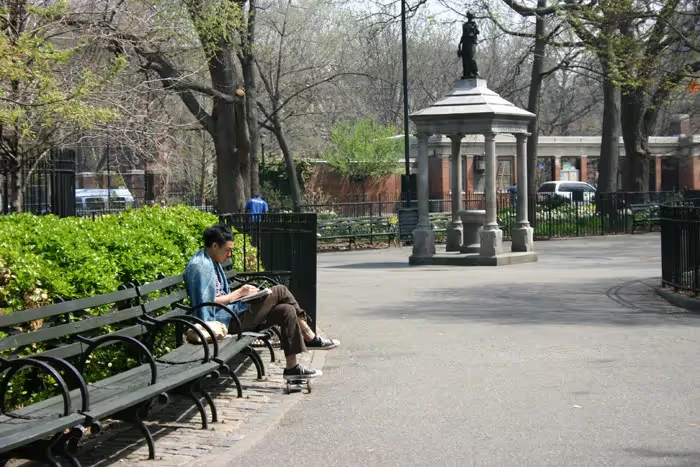
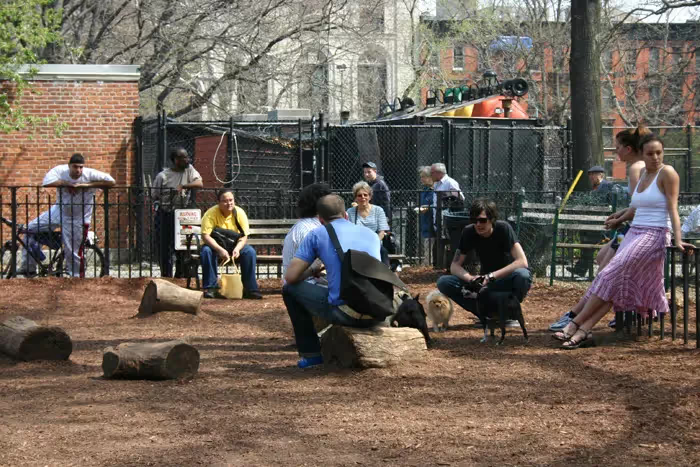
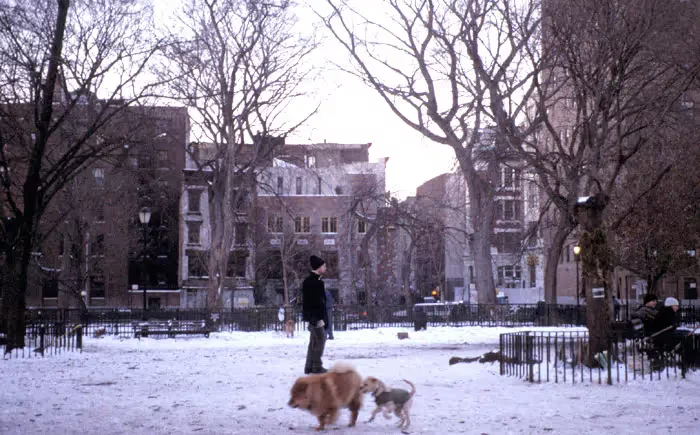
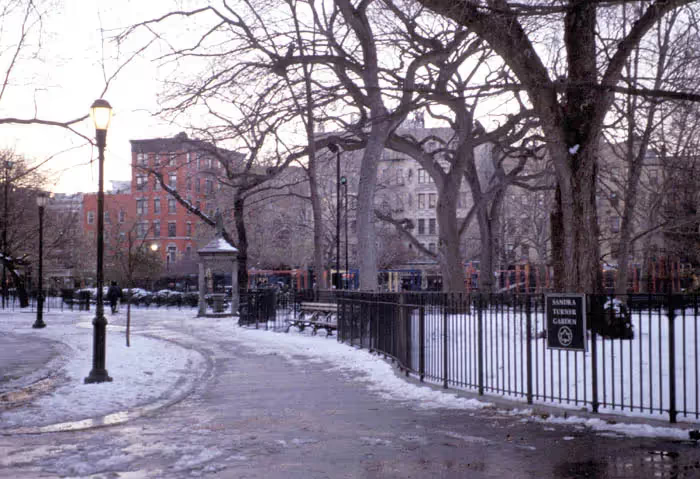
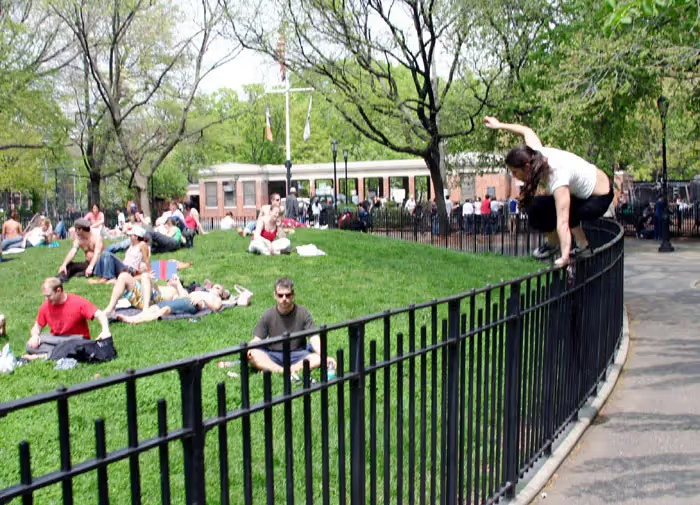
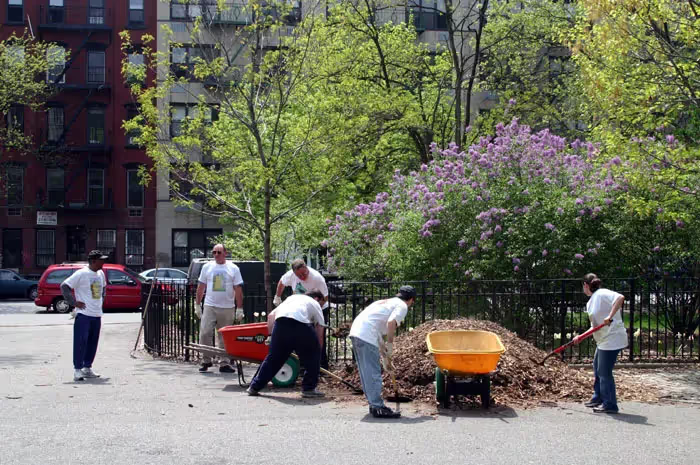
*Please note that these Hall of Shame nominations were written in a moment in time (most over a decade ago) and likely have since changed or even been transformed. If the above entry is now great, or still not so great, go ahead and comment below on how it has evolved or nominate it as a great place.